3 Valentine's Day Chocolate Recipes | Easy + Simple
/Valentine's Day is almost here and nothing says "I love you" like a homemade gift. Here are three delicious homemade chocolate recipes that are simple and easy to make: chocolate dipped figs, chocolate almond clusters, and heart-shaped peanut butter cups.
Chocolate Dipped Figs
Ingredients
2 ounces
chocolate chips, melted
12 dried figs
Directions
- Line a baking sheet or small cutting board with parchment paper.
- Holding the stem, dip a fig in the melted chocolate. Allow excess chocolate to drip off and place the fig firmly on the lined baking sheet. Repeat with the remaining figs.
- Refrigerate the figs until the chocolate has hardened, about 10 minutes.
- Remove the figs from the baking sheet and enjoy or store in the refrigerator.
Chocolate Almond Clusters
Ingredients
8 ounces chocolate chips, melted
1 cup raw almonds
Sea salt
Directions
- Add almonds to melted chocolate and mix until evenly distributed.
- Spoon dollops of chocolate almond mixture onto a lined baking sheet.
- Sprinkle clusters with sea salt.
- Refrigerate until clusters have hardened, about 20 minutes.
- Remove clusters from baking sheet and enjoy or store in the refrigerator.
Heart-Shaped Peanut Butter Cups
Note: Quantities vary depending on the mold you use. These are the quantities for my mold.
Ingredients
10 ounces chocolate chips, melted
1/4 cup creamy natural peanut butter
Directions
- Fill the heart-shaped molds about halfway with the melted chocolate.
- Place the mold in the the freezer for 10 minutes, or until the chocolate has solidified.
- Spoon about a teaspoon of peanut butter into the center of each heart, being careful not to let it touch the edges of the mold.
- Cover the peanut butter with the remaining melted chocolate and tap the mold on the counter a few times to even out the chocolate's surface.
- Place the mold in the freezer for 30 minutes, or until the peanut butter hearts have solidified.
- Take the mold out the the freezer, carefully remove the peanut butter hearts from the mold, and enjoy or store in the refrigerator.
Get the mold I used for the this recipe here.
Sarah Moran is a participant in the Amazon Services LLC Associates Program, an affiliate advertising program designed to provide a means for sites to earn advertising fees by advertising and linking to amazon.com.
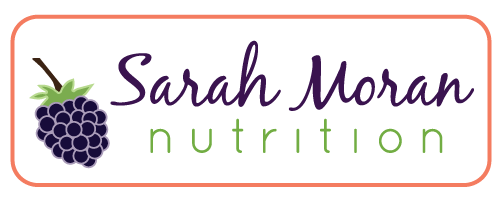
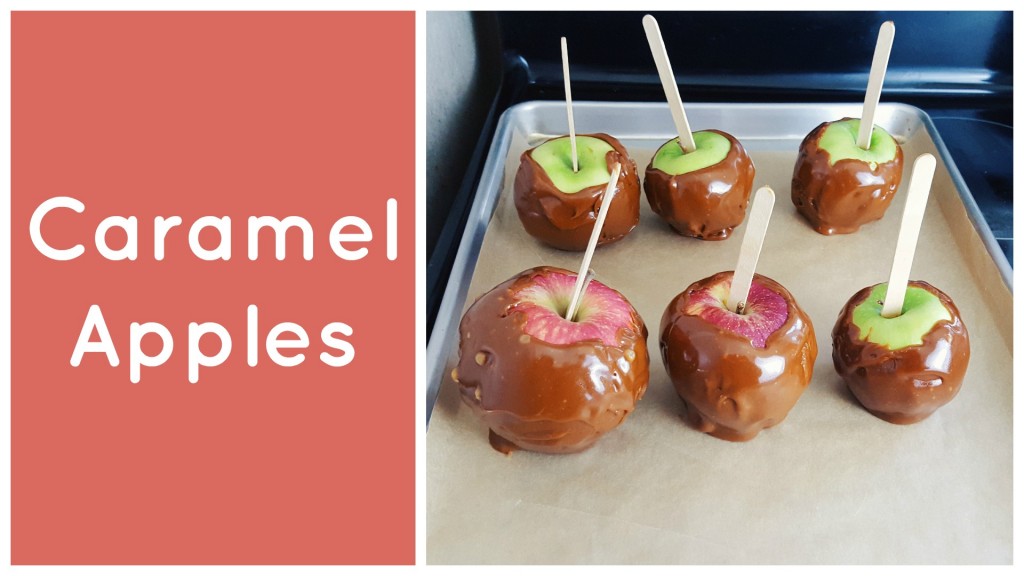
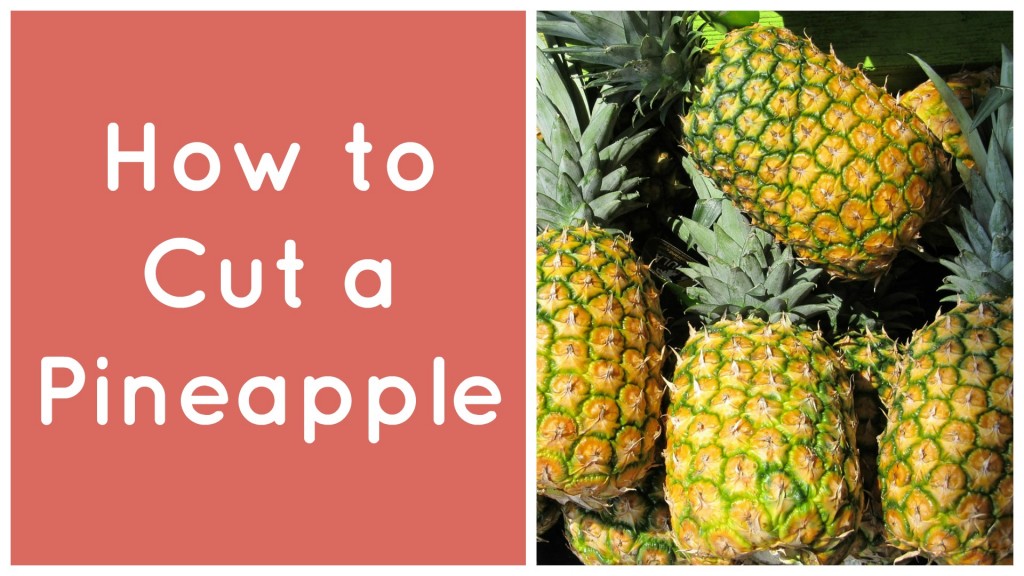
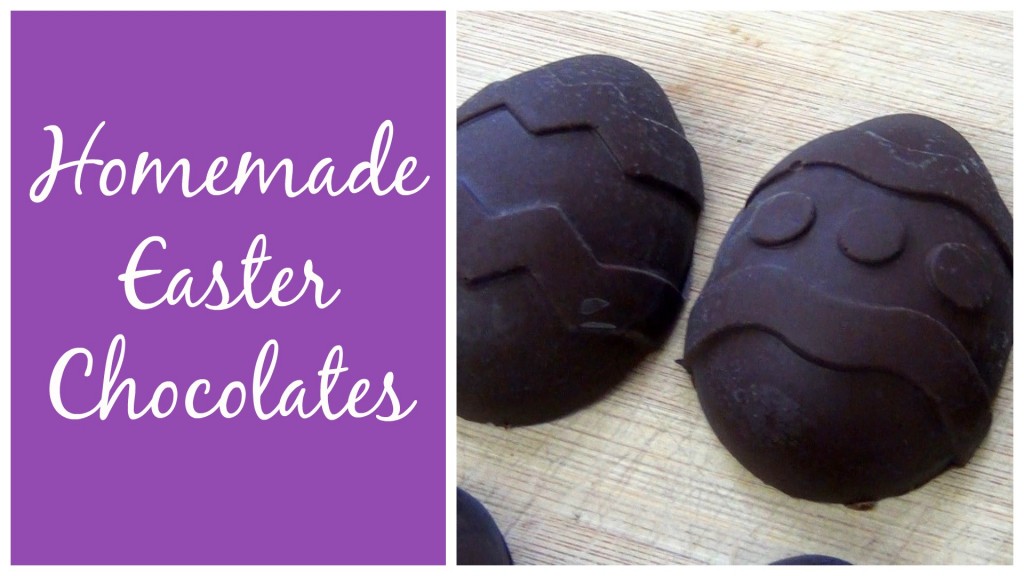
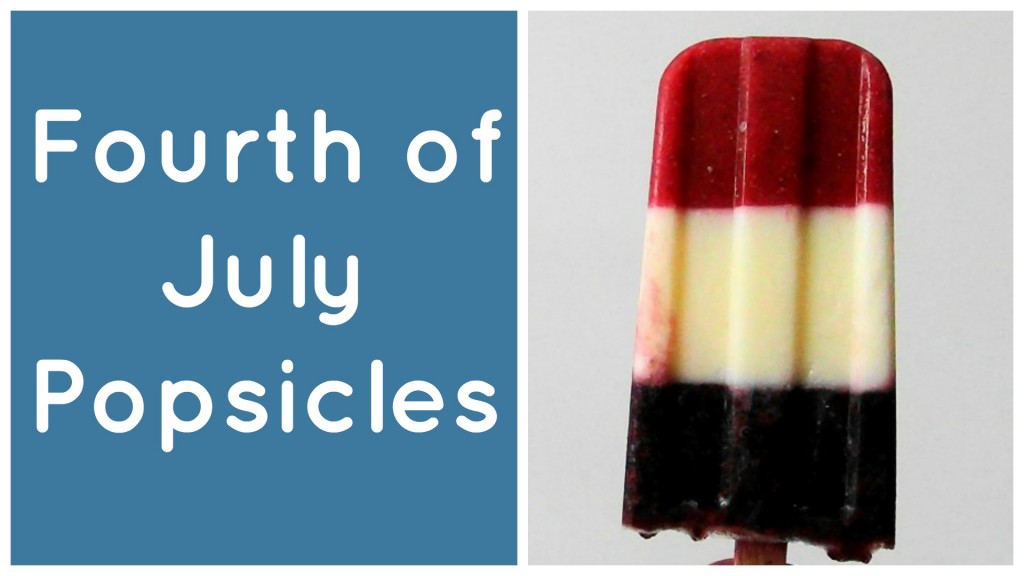
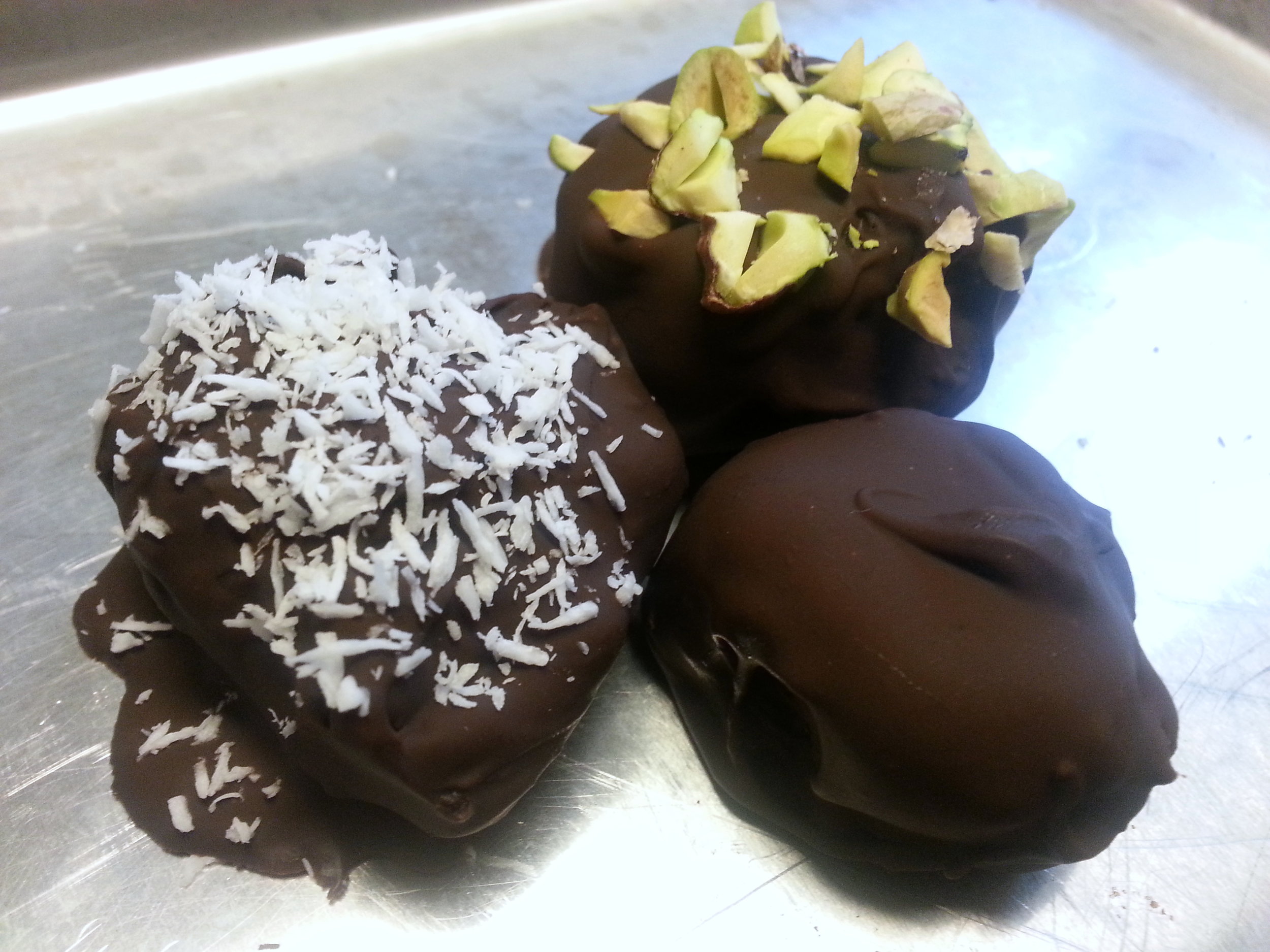














 You've likely heard about the danger of trans fats on the news or seen products that proudly display "0 grams of trans fat per serving" on their packaging. But what are trans fats and how bad are they really? First, we need to start with a little chemistry. Fatty acids can either be saturated or unsaturated. These terms refer to the carbon-hydrogen bonds in the fatty acid chain. When a fatty acid is saturated, each carbon in the chain has the maximum number of bonds (4) while unsaturated means that there are less than 4 bonds, resulting in double bonds. So, saturated fats are holding all of the hydrogen they can and unsaturated fats are not. These differences impact the structure of the fat and, therefore, the way it is processed in the body. Trans fats occur when the hydrogens in an unsaturated fat are across from each other rather than next to each other. While this does occur naturally in minimal amounts, the man-made kinds are the ones that have been found to be harmful. In fact, research published in the New England Journal of Medicine has shown that a 2% increase in calories from trans fat increases your risk of heart disease by 23%!
You've likely heard about the danger of trans fats on the news or seen products that proudly display "0 grams of trans fat per serving" on their packaging. But what are trans fats and how bad are they really? First, we need to start with a little chemistry. Fatty acids can either be saturated or unsaturated. These terms refer to the carbon-hydrogen bonds in the fatty acid chain. When a fatty acid is saturated, each carbon in the chain has the maximum number of bonds (4) while unsaturated means that there are less than 4 bonds, resulting in double bonds. So, saturated fats are holding all of the hydrogen they can and unsaturated fats are not. These differences impact the structure of the fat and, therefore, the way it is processed in the body. Trans fats occur when the hydrogens in an unsaturated fat are across from each other rather than next to each other. While this does occur naturally in minimal amounts, the man-made kinds are the ones that have been found to be harmful. In fact, research published in the New England Journal of Medicine has shown that a 2% increase in calories from trans fat increases your risk of heart disease by 23%!